@ListaDAO At six in the morning, Li Ming, a digital currency trader in Shanghai, opens his wallet and with a few taps transfers assets worth a million dollars into a DeFi protocol—without bank opening hours restrictions, no cross-border remittance fees, the whole process takes only 15 seconds. Behind this smooth experience is a liquidity revolution led by ListaDAO.
While the traditional financial system is still complacent about T+1 settlement efficiency, ListaDAO has built a "financial highway" that operates 24/7 without interruption. Its core innovation, the USD1 stablecoin system, is reshaping our understanding of liquidity—not merely a technical iteration, but a paradigm shift that fundamentally changes capital efficiency.

Liquidity dilemma: The "Gordian Knot" of the DeFi world.
The series of cascading failures in 2022 exposed the inherent fragility of on-chain liquidity. Over-reliance on algorithmic stablecoins' Ponzi structure, insufficient collateral liquidity leading to death spirals, and security risks of cross-chain asset mapping hang like three swords over our heads.
Traditional solutions are caught in a dilemma: either choose a centralized custody model and sacrifice decentralization or persist in decentralization while bearing the cost of fragmented liquidity. The market longs for a "perfect stablecoin" that can maintain its decentralized essence while providing ample liquidity—this is the historical challenge that USD1 aims to solve.
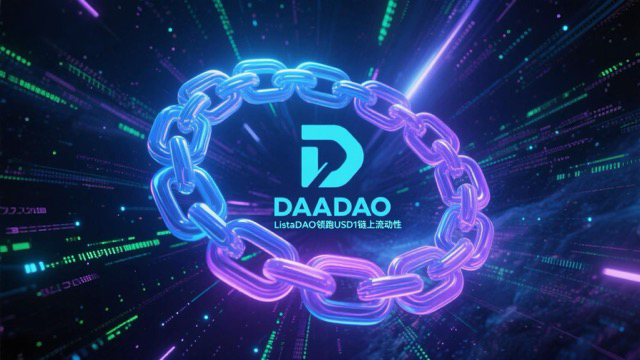
Dual-driven: The disruptive innovation framework of ListaDAO.
The brilliance of ListaDAO lies in its dual mechanism design. On one hand, it adopts an over-collateralization model to avoid the risks of algorithmic stablecoins, requiring users to deposit over 150% of collateral assets to mint USD1. On the other hand, it introduces a unique "liquidity mining + staking yield" composite model, turning idle assets into income-generating assets.
Imagine this: users deposit mainstream assets like ETH as collateral, borrow USD1 stablecoin, and simultaneously receive lisUSD token rewards to participate in governance. This design achieves the "best of both worlds"—gaining liquidity without losing asset ownership, while also earning additional returns. Data shows that this model has attracted over $12 billion in total locked value, with an annualized yield stabilizing between 5-15%.
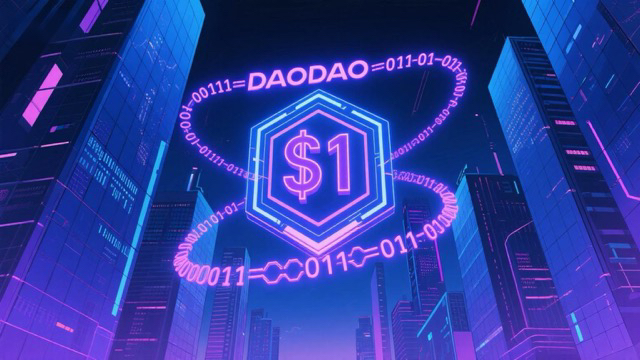
Ecological expansion: Building the "capillaries" of decentralized finance.
The value of USD1 lies not only in technological innovation but also in its rapidly formed ecological network. From decentralized exchanges to lending protocols, from cross-chain bridges to options platforms, USD1 is now integrated with over 50 mainstream DeFi applications. This ecological expansion creates powerful network effects—more usage scenarios lead to stronger liquidity and a more stable system.
Especially in the cross-chain field, USD1 has solved the long-standing island problem in the industry through the innovative "liquidity aggregator". Users can deposit assets on the BSC chain, borrow USD1 on Arbitrum, and trade on Polygon, all seamlessly connected. This cross-chain liquidity sharing mechanism truly realizes "one collateral, circulation across the network".
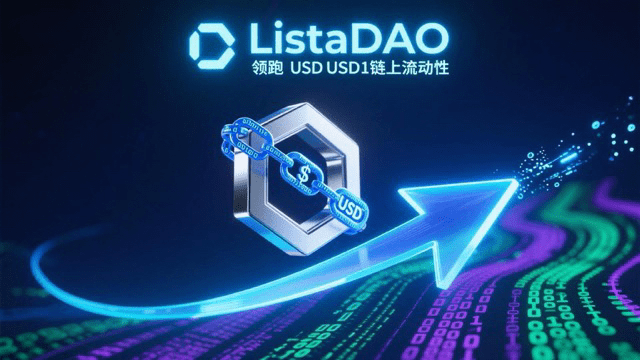
Data speaks: Leading the market with hard power.
On-chain data is the most compelling evidence. According to Dune Analytics dashboard, USD1's daily trading volume has surpassed $300 million, with over 250,000 unique addresses and an average holding time of 47 days—these metrics far exceed those of similar products. Particularly impressive is its peg stability, with the maximum deviation not exceeding 0.3% in the past 12 months, significantly better than centralized stablecoins like USDC.
In extreme market conditions, USD1 performs excellently as well. During the regional bank crisis in March this year, when USDC briefly de-pegged due to the collapse of Silicon Valley Bank, USD1 remained stable, with a net inflow of $820 million in a single week setting a historical record. The market cast a vote of confidence with real money.
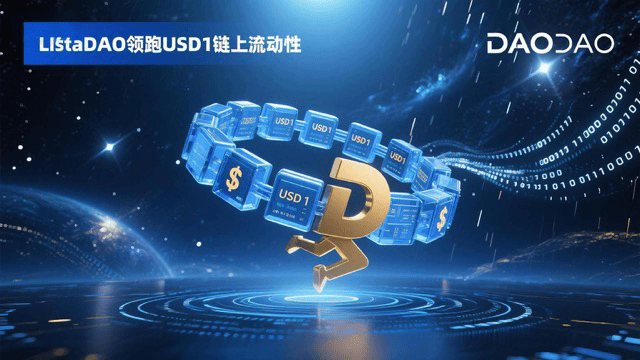
Future outlook: Challenges and opportunities coexist.
Despite remarkable achievements, ListaDAO still faces many challenges. Regulatory uncertainty looms like a sword of Damocles, especially with the tightening regulatory stance of the U.S. SEC in the DeFi space. Technical risks cannot be ignored either, as smart contract vulnerabilities and cross-chain bridge attacks remain potential threats.
But the opportunities are also immense. The tokenization wave of RWA (real-world assets) opens a new battlefield for USD1. By incorporating traditional assets such as real estate and government bonds into the collateral pool, it not only enhances system stability but also connects traditional finance with DeFi. The ListaDAO team has revealed that they are testing the function of minting USD1 using U.S. Treasury bonds as collateral, which could be the next breakout point.
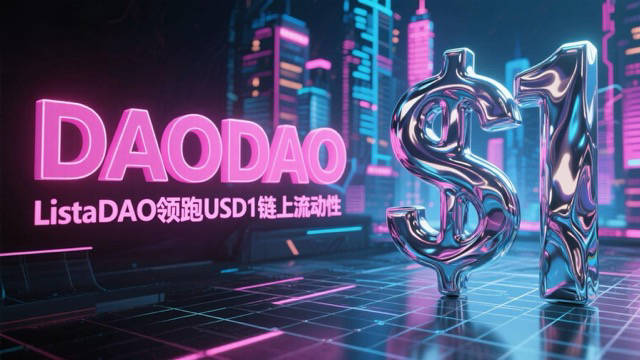
A new chapter in financial democratization.
The story of ListaDAO leading on-chain liquidity for USD1 is essentially a microcosm of the process of financial democratization. It proves one point: through clever mechanism design and community governance, it is entirely possible to build a distributed financial infrastructure that is both secure and efficient.
While traditional financial institutions are still charging high cross-border remittance fees and companies are waiting for T+1 settlement, ListaDAO has already built an instant global clearing network. This is not just a technological race but a revolution in the redistribution of financial rights—allowing everyone to enjoy financial services equally, regardless of location or identity.
The liquidity revolution of USD1 has just begun, but its trajectory has already pointed to the future: an open, inclusive, and efficient new financial system is rising on-chain, with ListaDAO at the forefront of this historical turning point.
